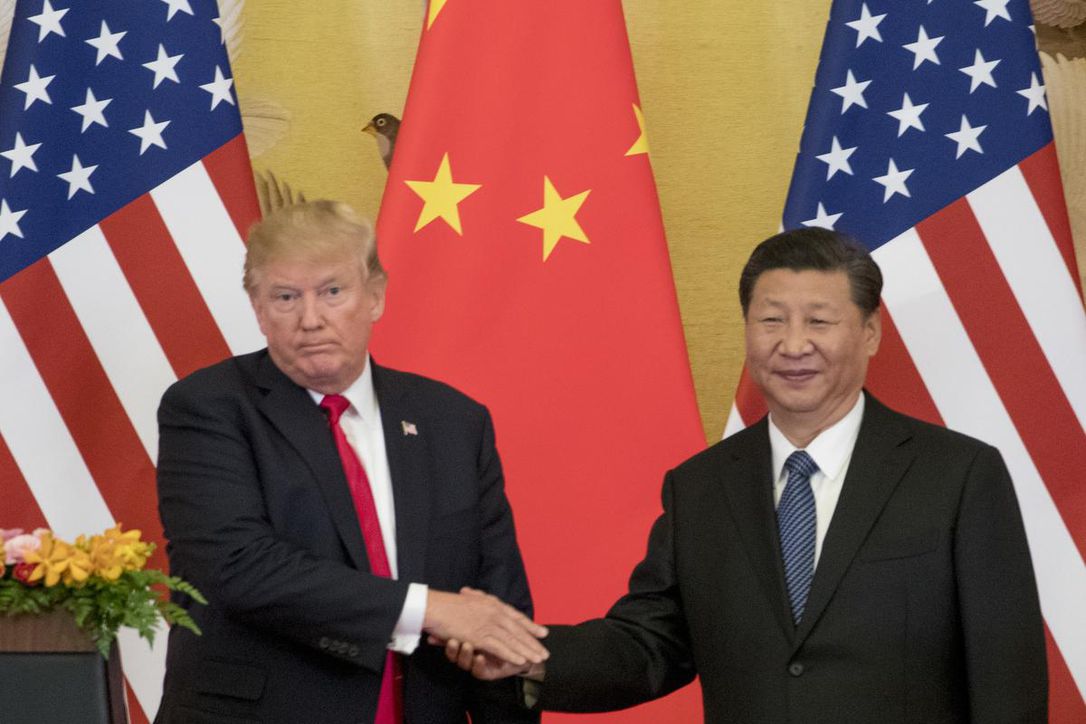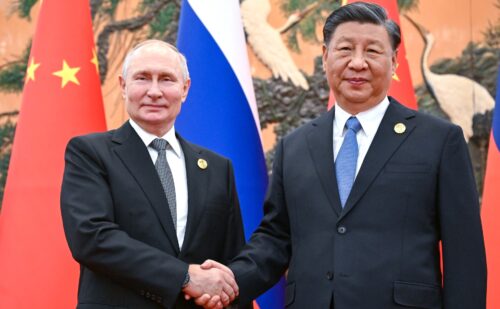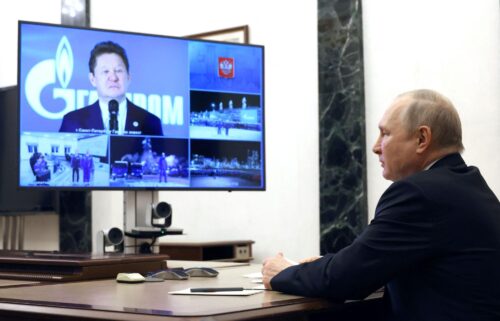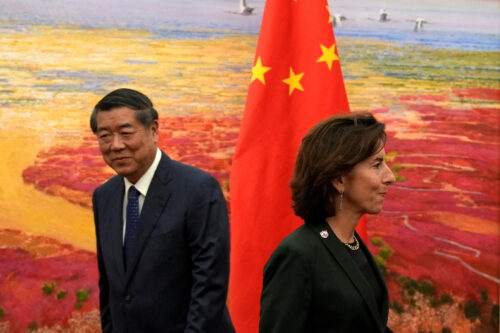Is the trade war truce over? Trump reinstates tariffs, and China is ‘surprised, yet also not surprised’

It was just a week ago that U.S. Treasury Secretary Steven Mnuchin declared, “We’re putting the trade war on hold,” and stock markets breathed a sigh of relief.
Much has changed since then. Right away, as we noted in our analysis for The China Project Access members, a difference in perception was clear: The Chinese were happy to declare that a “win-win” agreement had been reached, while American media lambasted the outcome and even White House officials backed off calling it a “deal.”
On top of that, President Trump ignited a firestorm in Washington by continuing to pursue a deal to revive Chinese telecom giant ZTE, despite findings from the U.S. government that it had endangered national security by breaking sanctions on Iran and North Korea. In recent days, the ZTE case has become even more central to the trade conflict, as the company reportedly removed two senior executives from their posts as concessions for the U.S., and President Xi Jinping has continued his calls for technological self-reliance.
The latest twist in trade tensions was announced on the White House website today:
- The United States will impose a 25 percent tariff on $50 billion of goods imported from China containing industrially significant technology, including those related to the “Made in China 2025” program. The final list of covered imports will be announced by June 15, 2018.
- USTR will continue [the] WTO dispute settlement against China originally initiated in March to address China’s discriminatory technology licensing requirements.
- The United States will implement specific investment restrictions and enhanced export controls for Chinese persons and entities related to the acquisition of industrially significant technology. The list of restrictions and controls will be announced by June 30, 2018.
A Chinese Ministry of Commerce spokesperson said (in Chinese), “We feel surprised, yet also not surprised…this clearly goes against the common understanding recently established in Washington.”
Count us in the not-surprised column. Beyond the trade deficit that Donald Trump is so aggressively obsessed with, there are significant forces in the U.S. government that see Chinese industrial policy as predatory and unfair. Hence, the direct mention of the “Made in China 2025” initiative in the White House statement, and another round in a long-running sparring match between American and Chinese envoys at the World Trade Organization on Monday.
Meanwhile, Trump’s team continues to negotiate to achieve Trump’s pet project of reducing the trade deficit. Here’s how that’s going:
- “Washington is pressing Beijing to enter into multiyear contracts to buy U.S. agricultural and energy imports,” the Financial Times reports (paywall), but “the move could mean taking Chinese business away from key U.S. allies such the EU, Australia, Brazil and Argentina.”
- Coal from West Virginia is attracting eyes from Beijing, Bloomberg says (paywall), though “a final decision hasn’t been made.”
- Unfortunately, the root of the problem isn’t trade in goods, Stephen Roach, an expert on the interplay of American and Chinese economies, points out in a piece in the SCMP. Roach makes the same argument in the article that he did in a Sinica Podcast episode last year: “Without addressing the [American] shortfall in domestic saving, the bilateral fix simply moves the deficit from one economy to others.”
Finally, in what is probably just an innocent coincidence, Ivanka Trump — the president’s daughter and a senior adviser in the White House — received 13 new trademark approvals in China in the past three months, AP reports.
Previously in The China Project’s trade war coverage:






